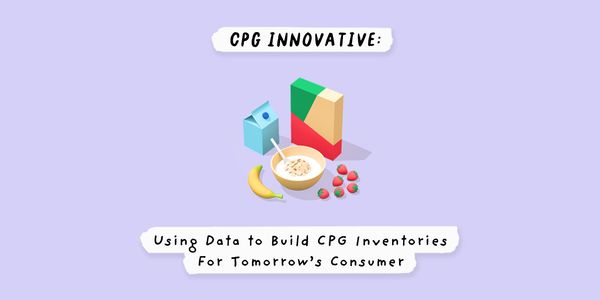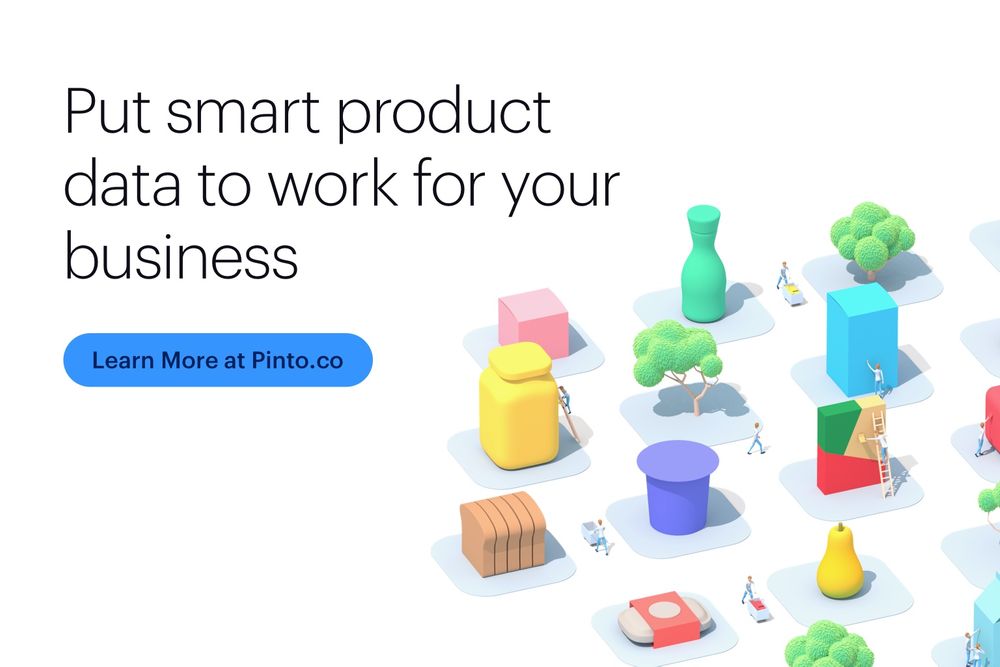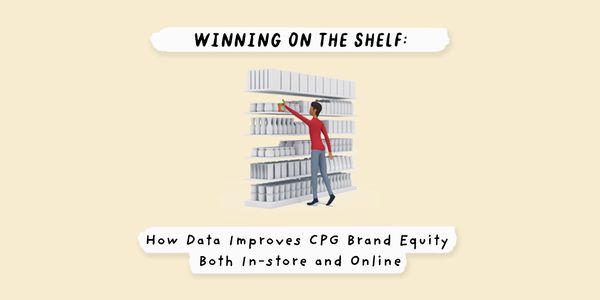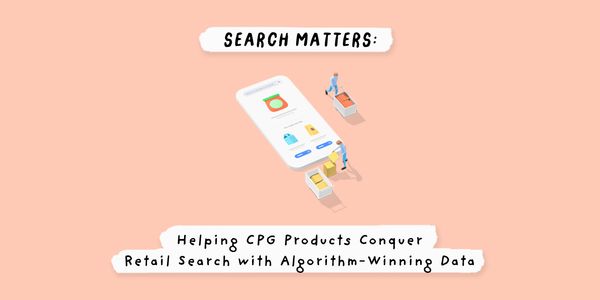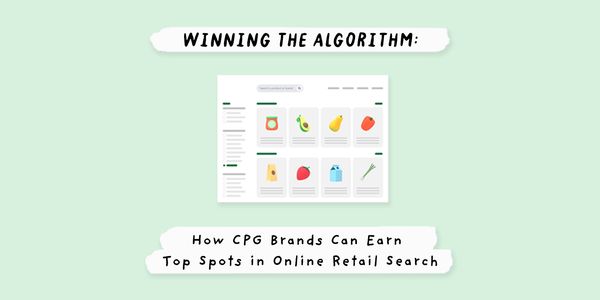A brief look
- Modern consumers are increasingly looking for products that meet their unique lifestyle, sustainability, and dietary needs, and retailers are following their lead.
- For CPG brands, this shift means their traditional inventories need to be reassessed, sometimes altered, and optimized for modern shoppers.
- Data is an essential part of CPG brands building stronger “forward-looking” inventories, as it can show them exactly what consumers are shopping for and what they want to buy next.
- This data can inform CPG manufacturers’ inventory decisions, such as changing ingredients, acquiring new products, or adding preference-based attributes to packaging.
- All of this contributes to a more performant and successful product line, stronger data discoverability on the digital shelf, and better brand equity for CPG brands.
Dive deeper
As consumer demand grows for healthier, more ethical, and more sustainable product choices — and retailers follow their lead — CPG companies are looking to evolve and expand their product lines to meet this new type of consumer. Some brands are doing so by creating new product lines, buying smaller, innovative companies, or adjusting their current product formulations and ingredients.
Yet, without detailed market insights and data, it can be difficult to determine where the CPG brand stands today, which products need updating, which companies should be acquired, or if new products should be introduced. Even if new types of products are introduced to a product line, they require accurate and robust data attributions with the “right” data points highlighted in order to be indexed and found in retailer and consumer search. Without this, these products remain invisible, and any investments made to acquire them may not be fully realized.
For CPG brands looking to modernize their inventories, nuanced data and analytics are the best ways to make informed inventory changes. Data ensures products are showing up in preference-based searches on every retail platform as well as being appropriately merchandised in physical retail. Analytics can inform CPG brands of consumer needs and help them make important changes to ingredient lists, product packaging, or product lines as a whole. Data insights can also uncover potential acquisition opportunities within the market, allowing CPG brands to expand their inventories with the products consumers are interested in.
Ultimately, data is a necessary component of a modern CPG brand. In order to stay relevant, competitive, and visible on the digital shelf, CPG brands need to prioritize data management and analytics, now and into the future.
How CPG brands can build modernized inventories
Today’s shoppers have evolved. Health and sustainability are becoming just as important as taste and price. Shoppers are looking for products that fit their evolving lifestyle, whether that be paleo, plant-based, clean, or products with less sugar. CPG brands looking to build modernized inventories need to appeal to this new set of consumers. To get there, modern CPG brands should be focused on collecting detailed and accurate data points to understand how, why, and what products modern consumers are shopping for.
Here are a few ways CPG brands can modernize their inventories:
- Source ingredients from more sustainable sources and ingredients
- Understand how products fall in the consumer decision tree (consumers looking for low-sugar options, clean label, low-carb, etc.)
- Adjust products to specific serving sizes or ingredients (e.g., sugar content; net carb content; protein content; the number of additives in the ingredient list)
- Gain a better understanding of inventories and discover untapped opportunities around specific product segments (e.g., keto-friendly being a growing category in snacks, cereals, etc.)
- Ensure all product data is properly attributed across health and preference-based searches so that products are visible in retail databases and on consumer search platforms.
With all of this in place, CPG brands stand to reclaim space on the retail shelf, both digital and in-person, while continuing to serve consumers with high-quality and relevant products.
Using data insights to improve inventories
Pinto supports CPG brands in improving their inventory offerings by giving insights about manufacturing strategies, current product improvements, and other products in the space. This data can contribute to a healthier inventory that is more optimized for what today’s and tomorrow’s consumers are looking for.
Through data, Pinto can determine what key attributes consumers are looking for within a given category. Are shoppers interested in plant-based options? Ketogenic snacks? Organic or low-carbon-impact foods? From there, we can determine which attributes are absent in a CPG brand’s inventory or where improvements could be made. Perhaps a brand needs to focus on sourcing more sustainable ingredients in order to satisfy their consumer. Or, it could be a base of creating an entirely new product to stay competitive. This data can also uncover which brands already present on the shelf are popular with health-driven consumers. From there, CPG companies can acquire that product and input it into their own inventory.
Pinto can also help CPG brands figure out where they sit in the consumer decision tree and find ways to improve their standing. Data can give CPG brands knowledge of what percentage of products are working and which are failing, what can be done to improve current product lines, and when opportunities for improvement are discovered. Once a brand understands what consumers are looking for, Pinto can inform packaging design by identifying what are the most important attributes to include in a given package, based on real-time data. Simple fixes, such as adding organic, kosher, non-GMO, and gluten-free certifications, or badges and icons to packages, can improve search discoverability for CPG products.
Finally, Pinto can support CPG brands to get regulatory and legal sign-off for sensitive attributes that drive discovery (keto, diabetes-friendly, heart healthy, etc.). By offering consumers robust information about their products, CPG brands can tap into what consumers really want, improve the visibility of their products online, and ensure their brand stays relevant as consumer preferences change.
Creating future-facing CPG brands
Creating a CPG brand that stands the test of time means evolving with consumer needs and offering product rosters that serve them. Data and analytics are necessary factors in this process, as they allow CPG companies direct insights into consumer preferences and inform decisions that improve and evolve product inventories.
Similarly, as consumers and retailers shift towards preference-based shopping and merchandising, such as a plant-based aisle or keto end caps, CPG companies that have already built consumer-optimized inventories will have greater leverage when negotiating with retailers and standing out from the crowd.
Pinto can help CPG brands improve existing products, identify products to acquire or build, and identify which product attributes and qualities will drive search discovery by today’s and tomorrow’s consumer by giving insights back into product lines. All of this contributes to a more performant and successful product inventory, stronger data discoverability on the digital shelf, and better brand equity for CPG brands.
Are you a CPG brand looking to improve your inventory? Contact us to learn how we can help.

